
The Democratic Republic of the Congo (DRC) is one of the richest countries in the world in terms of natural resources. It sits on an estimated $24 trillion worth of natural resources, including 3.2 trillion cubic feet of natural gas, large deposits of iron ore, platinum, diamonds, gold and uranium, as well as 106270 square kilometers of arable land. Despite all this, its citizens make, on average, only $800 per year, and 63% live under the poverty line. Given its vast mineral wealth and natural resources, why is the Democratic Republic of the Congo poor?
Colonization, Political Instability, and the Resource Curse: Why is the Democratic Republic of the Congo Poor?
Due to the DRC’s great wealth of natural resources, it has consistently been exploited by imperial European powers throughout its history. When first discovered by the Western world in the sixteenth century, millions of Congolese men and women were stolen from their homeland and shipped around the globe to act as slaves for European industry.
Later, when slavery was eventually abolished throughout most of the developed world, the Congo was still not safe from pillage. When tires became a staple due to the rise of cars and bicycles, the rubber was taken from the Congo. When World War I was fought, 75% of the copper used in bullet casings were mined in the Congo. And when the United States dropped two nuclear bombs on Japan in World War II, you can bet the uranium came from the Congo too.
During this period, which lasted from 1879 to 1959, the Congo region was controlled by the Belgian empire. However, colonial exploitation alone cannot be the only answer to the question “why is the Democratic Republic of the Congo poor?” Due to the abundance of uranium in the region, the Soviet Union and the United States carried out proxy wars in the Congo by supporting vying factions during the Cold War.
Since then, the Democratic Republic of the Congo has been subject to a slew of dictatorial rulers, often with foreign support. After the Rwandan genocide of 1994, over a million Hutu took refuge in the Congo (then called Zaire), bringing with them both disease and rebellion.
After more than a decade of war, the Democratic Republic of the Congo gained enough stability to attempt a democratic government, though the election itself was rife with violence and conflict. There still remains a large faction of Rwandan rebels, and more than 800,000 people were displaced from their homes because of military operations meant to stop the rebel groups.
Another answer to the question “why is the Democratic Republic of the Congo poor?” can be found in the current president, Joseph Kabila. Not only is he suspected of stealing large portions of foreign aid, but he also provides those who do give aid access to the mineral resources of the DRC, at great expense to his own people, a repetition of the history of the country, which has been exploited by powers both foreign and domestic for centuries. These powers have worked hard to make sure the people of the Democratic Republic of the Congo remain poor, unhealthy and disenfranchised; unable to take control of their own country and the incredible resources it possesses.
– Connor Keowen
Photo: Flickr

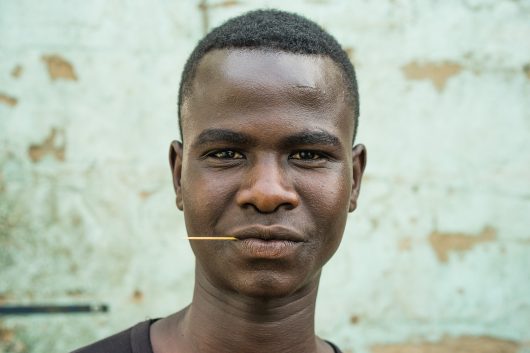
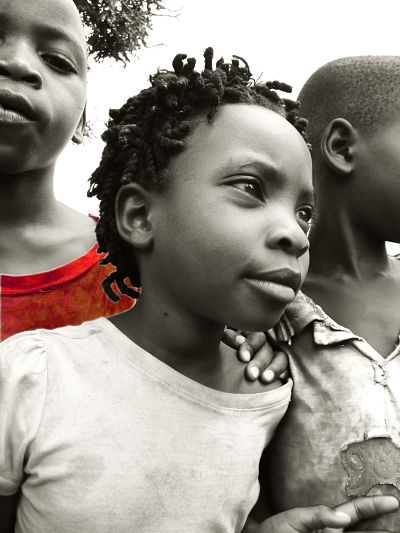
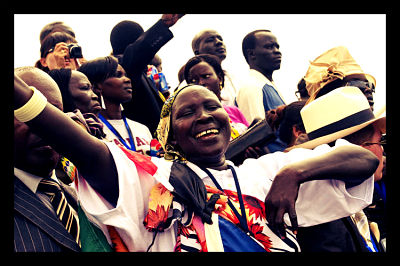
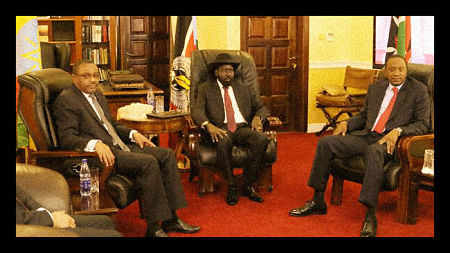
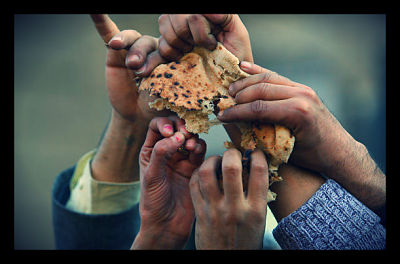 The
The 